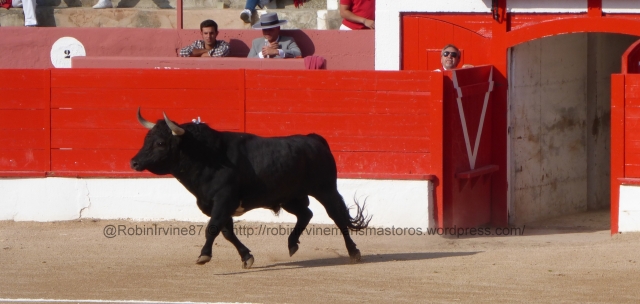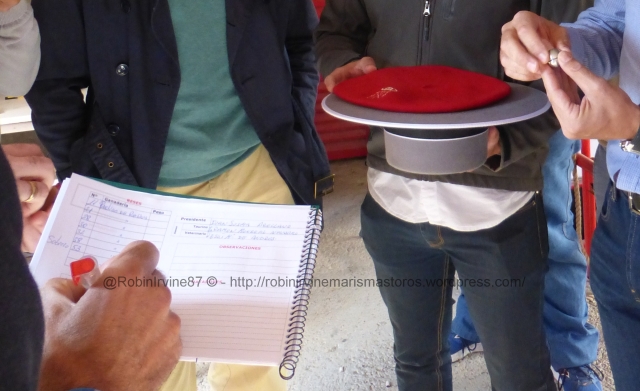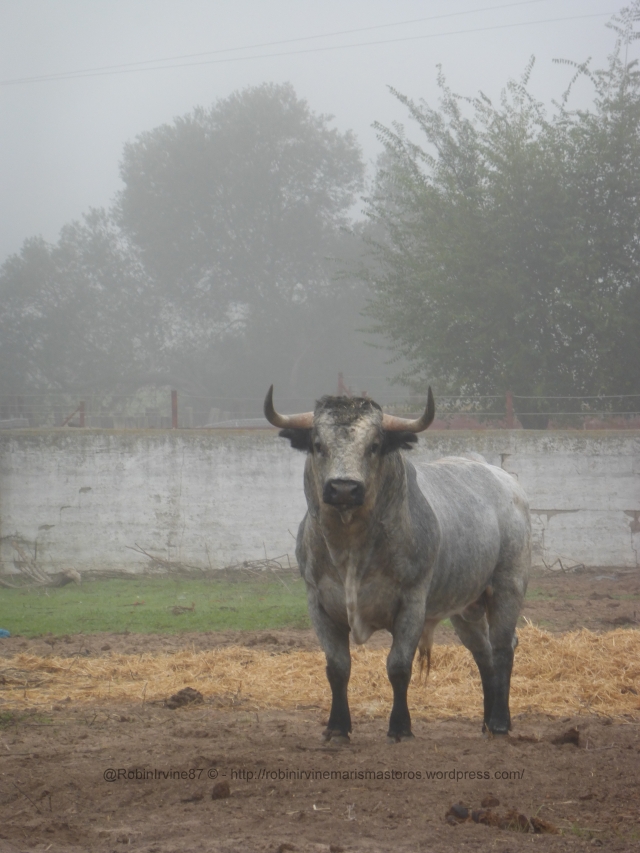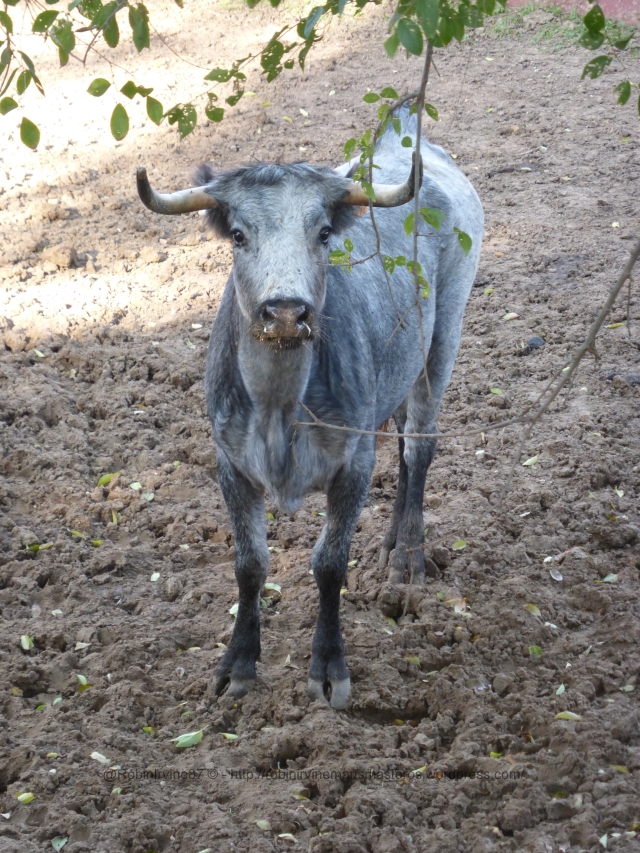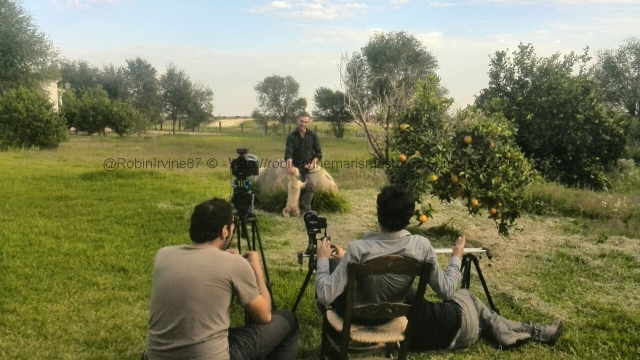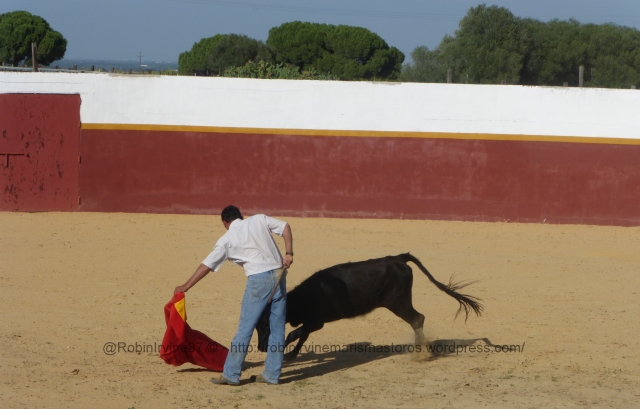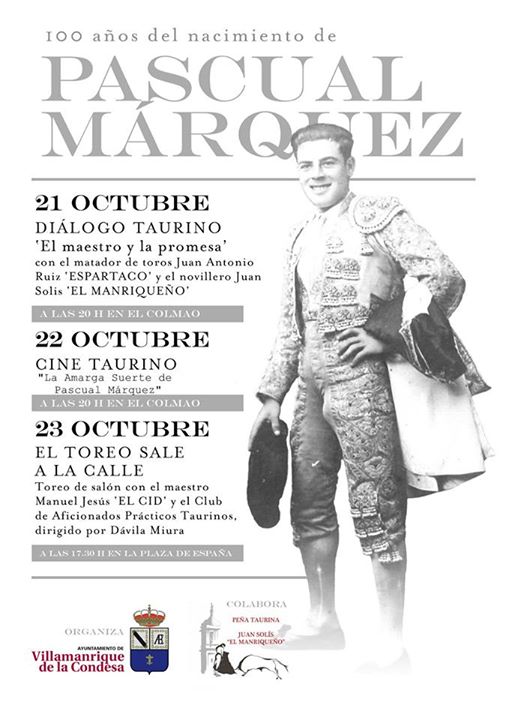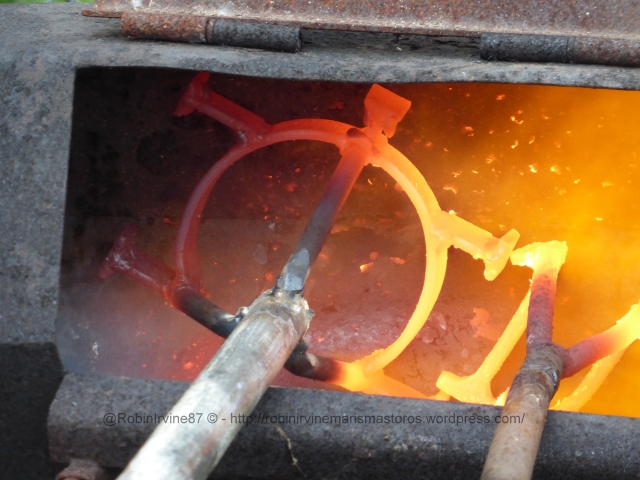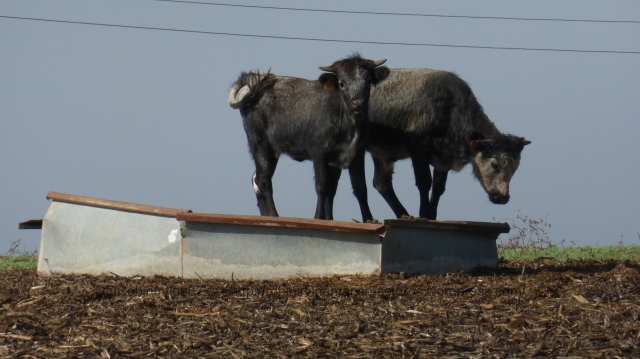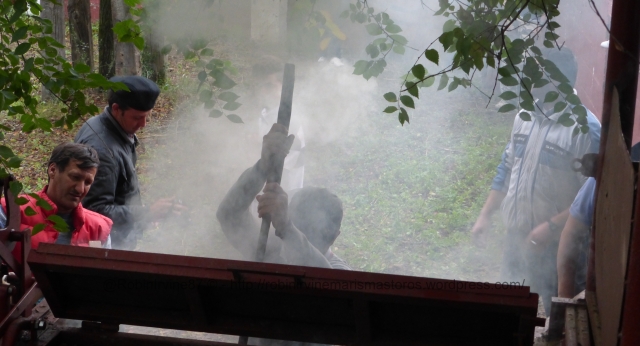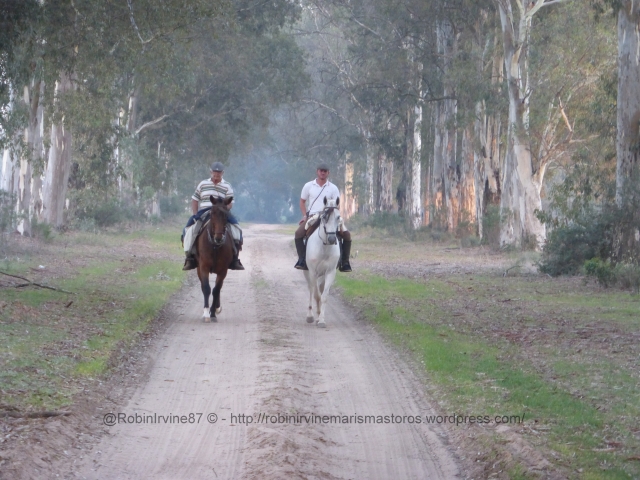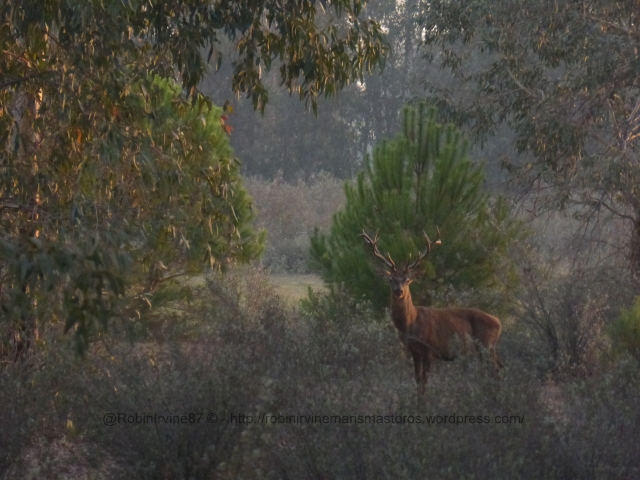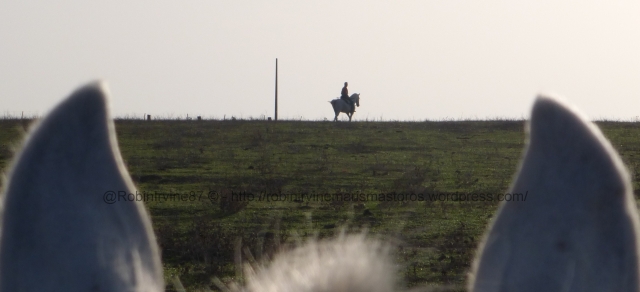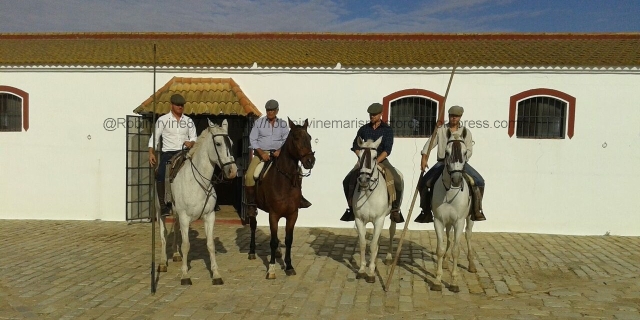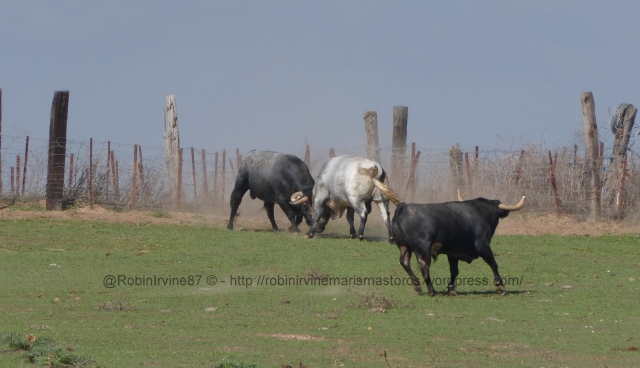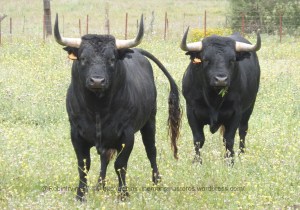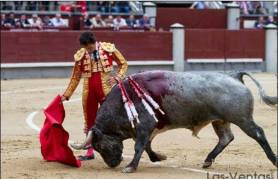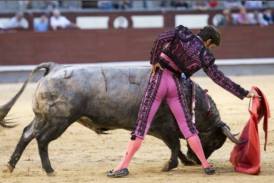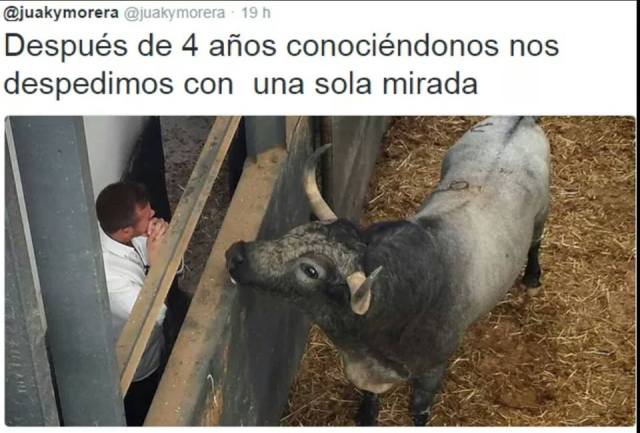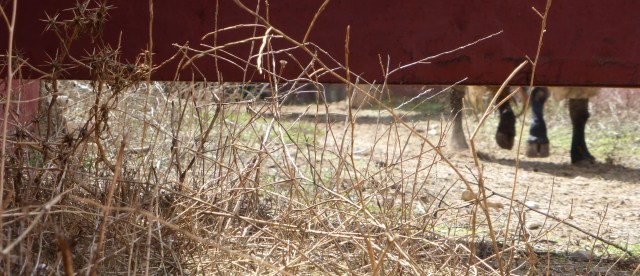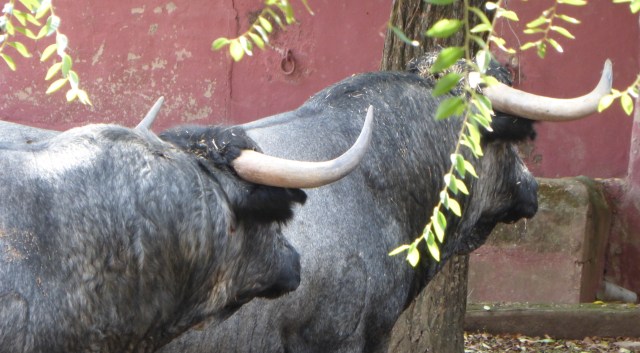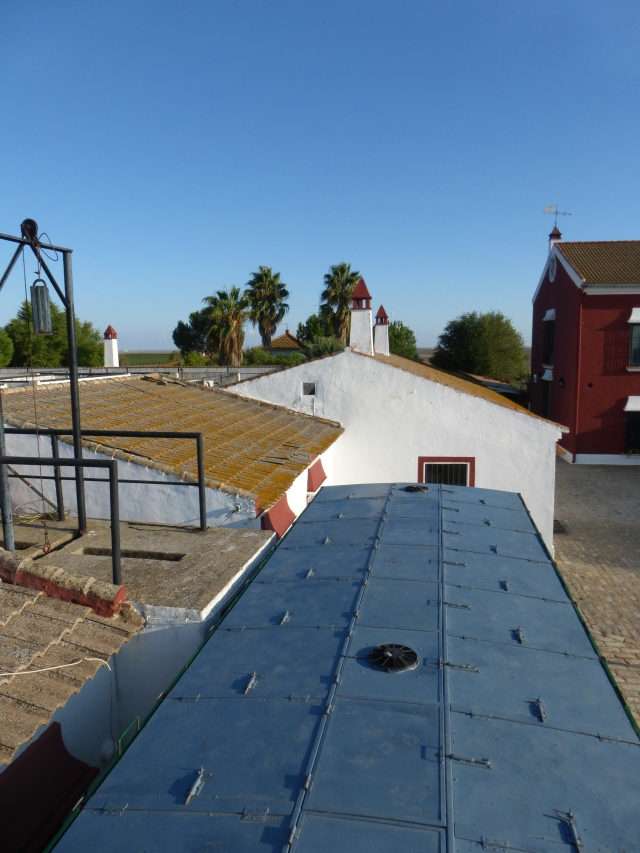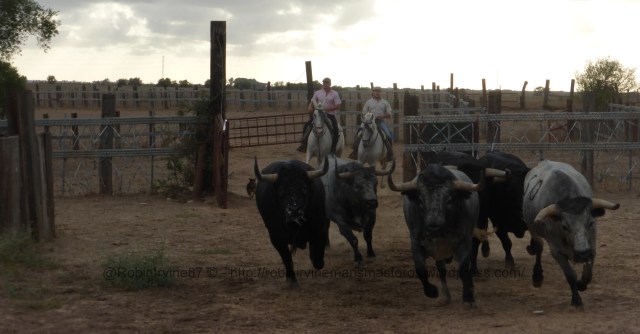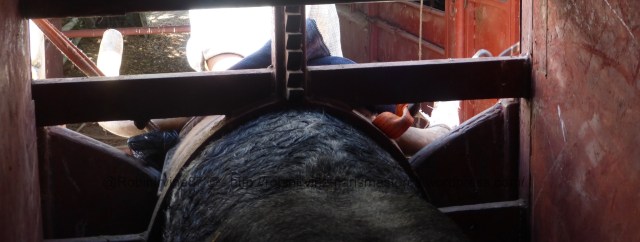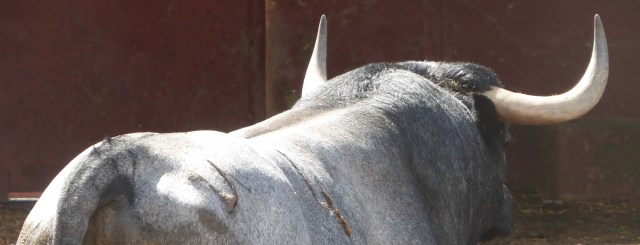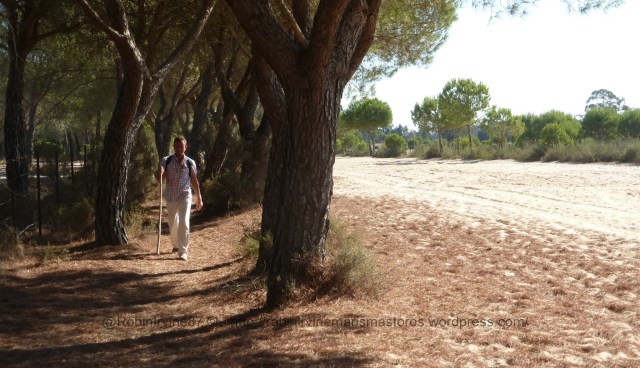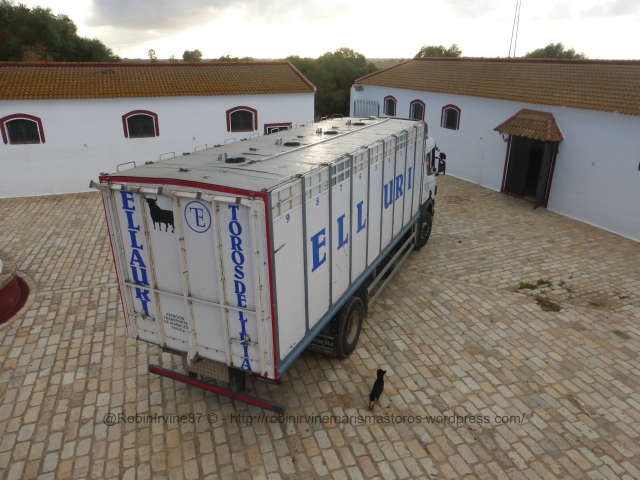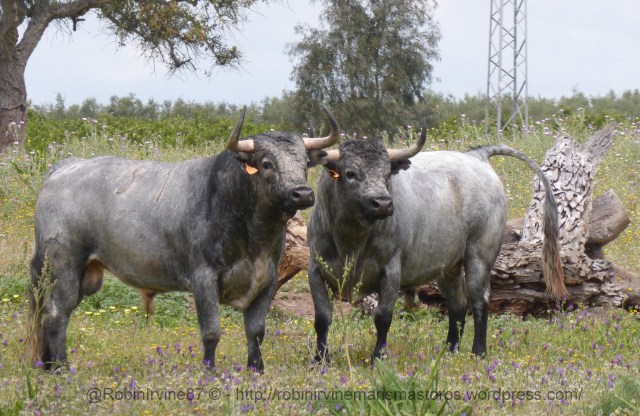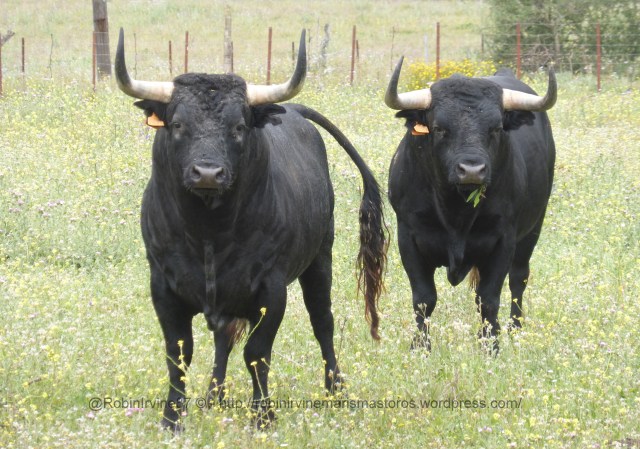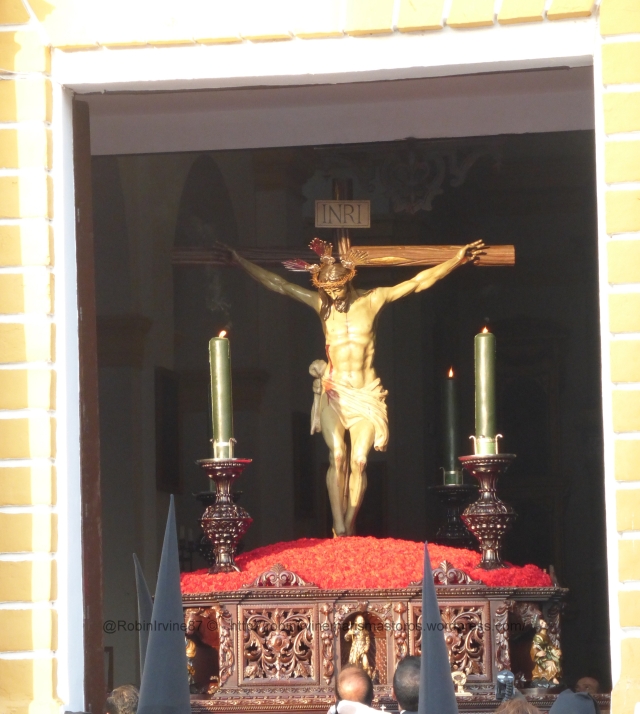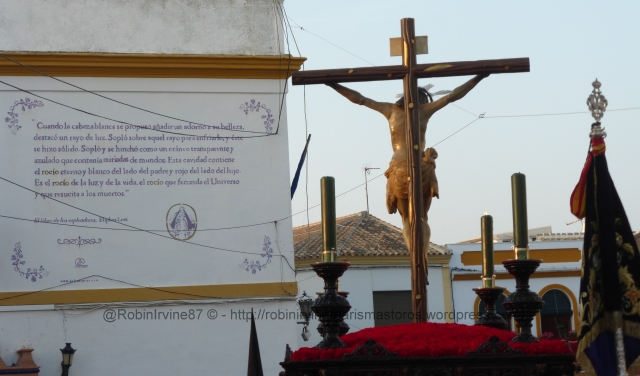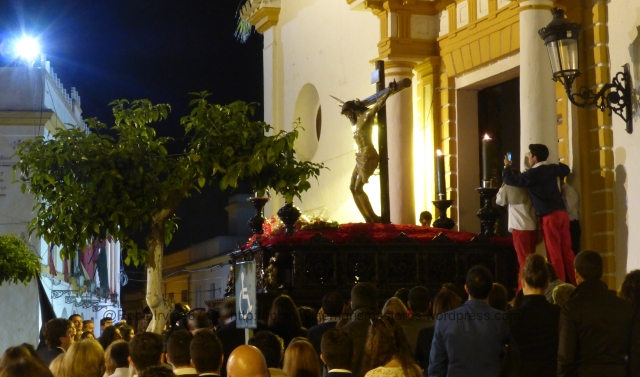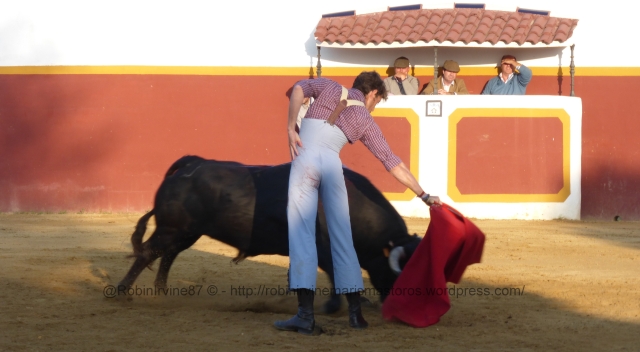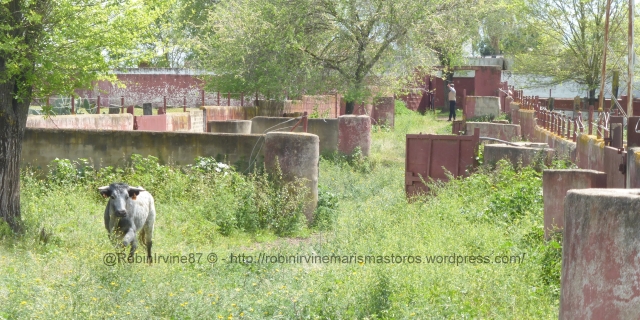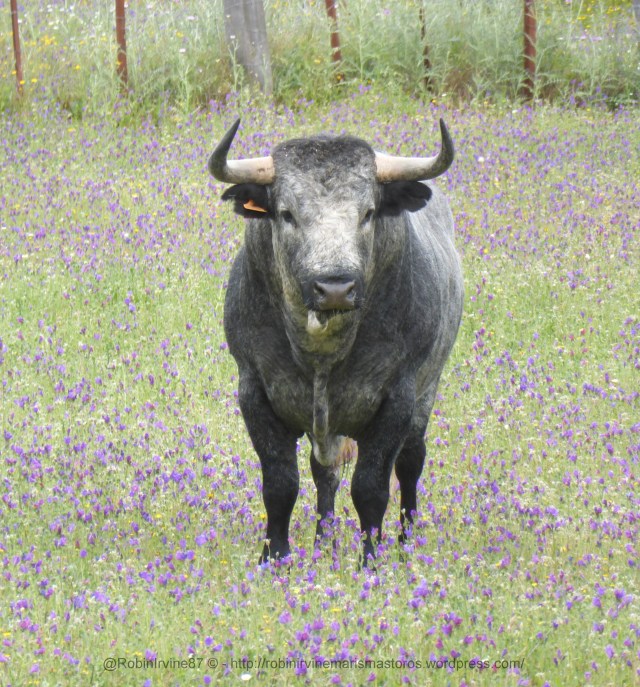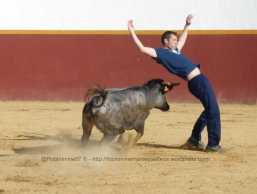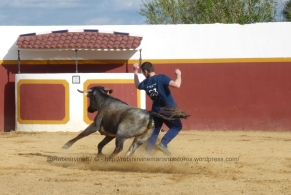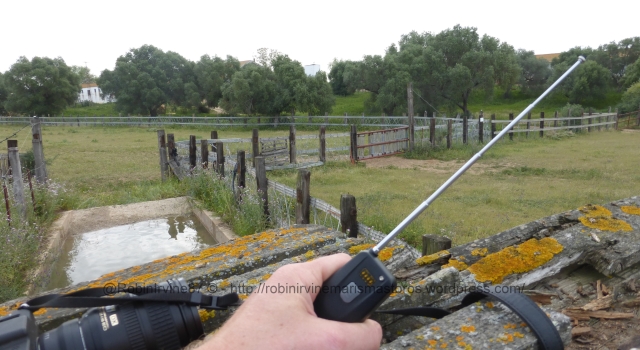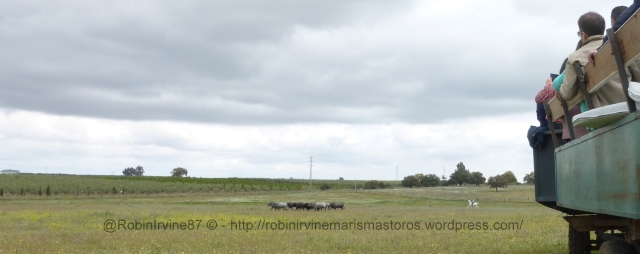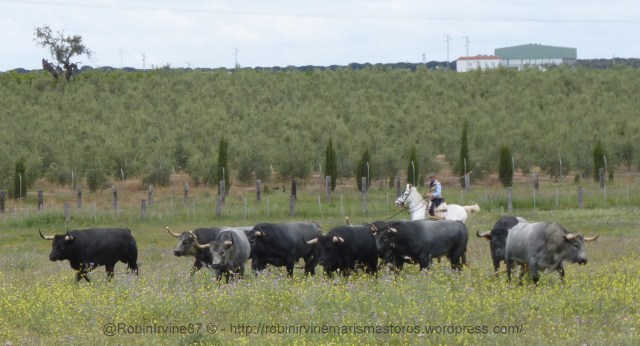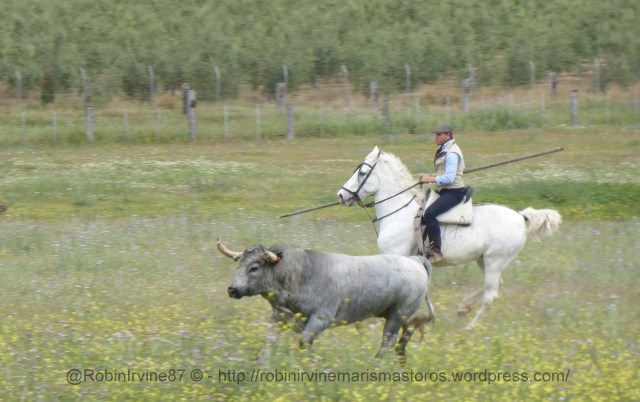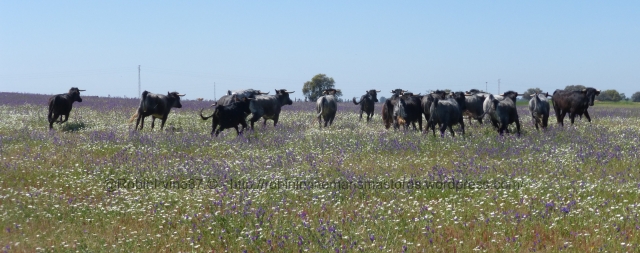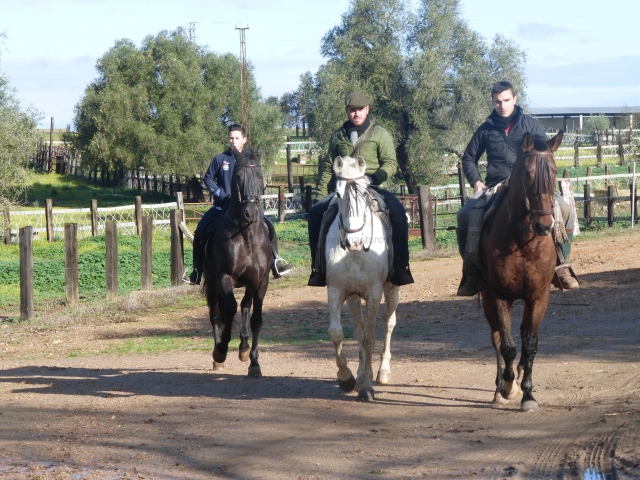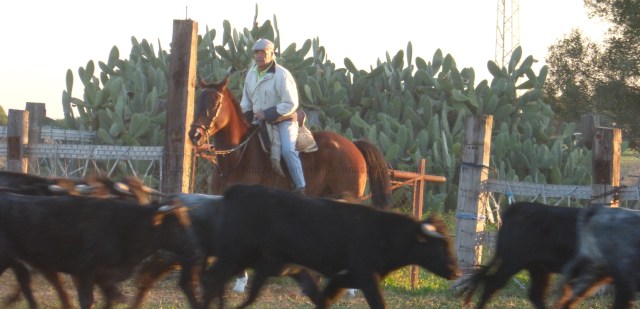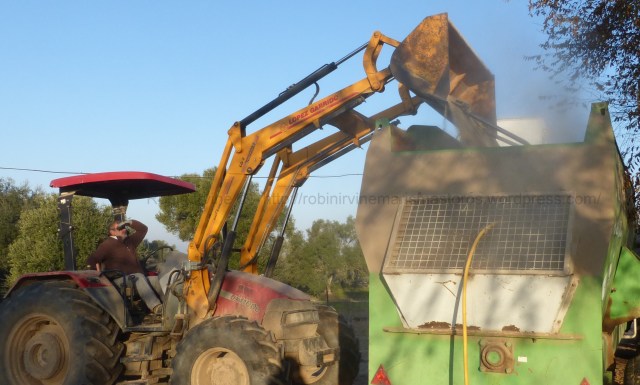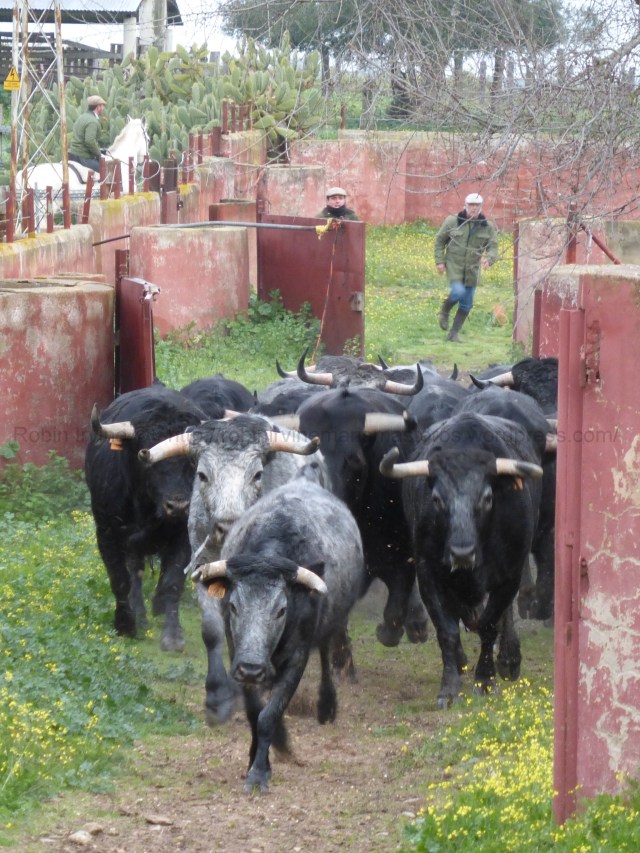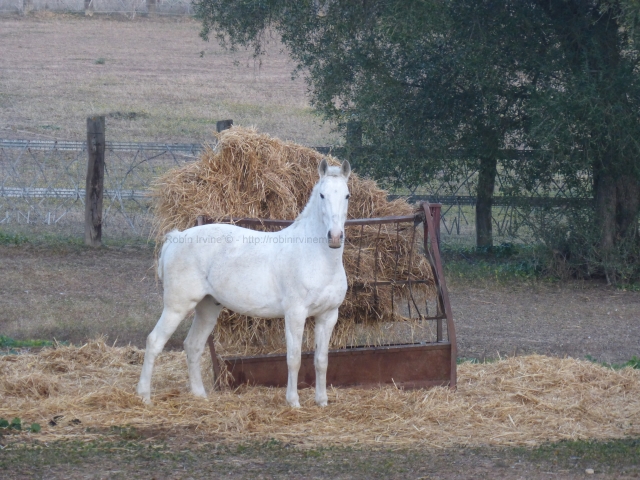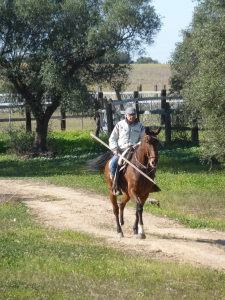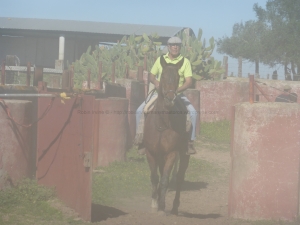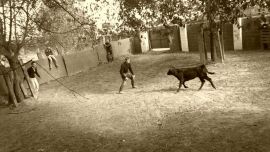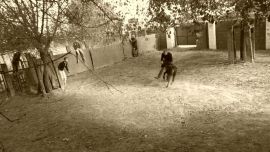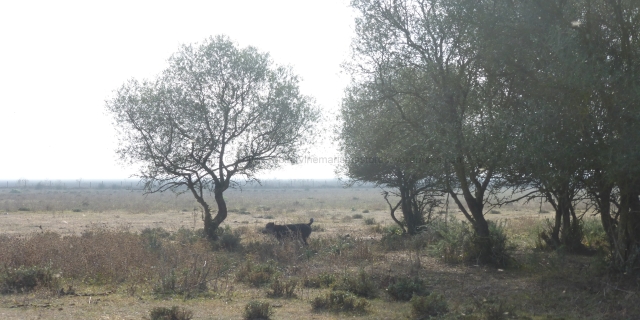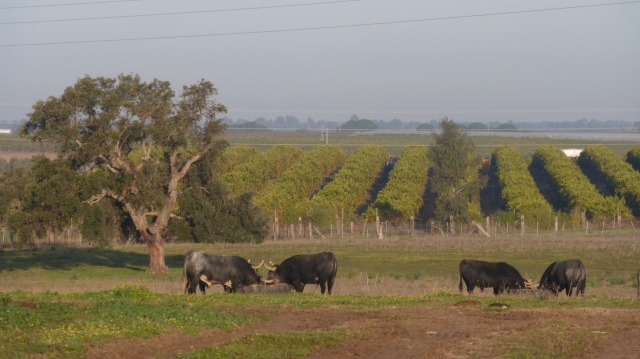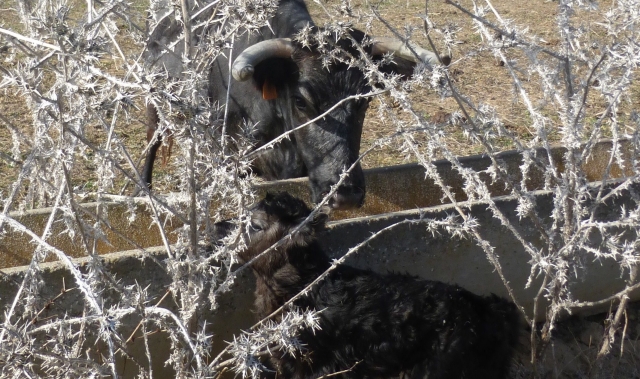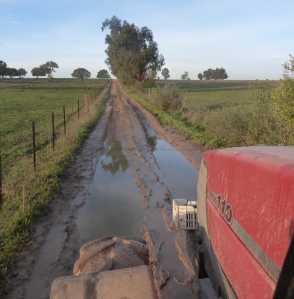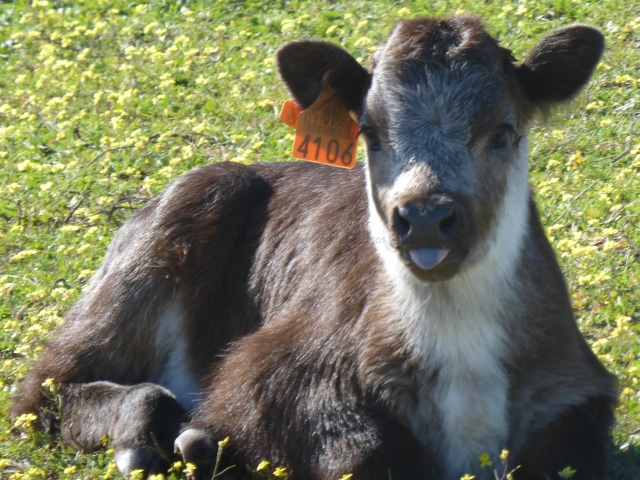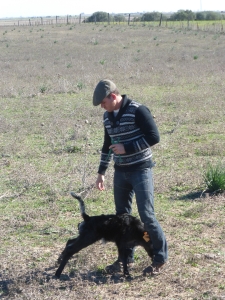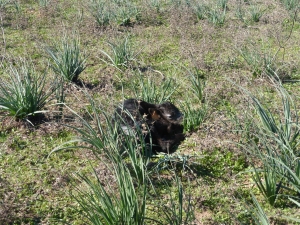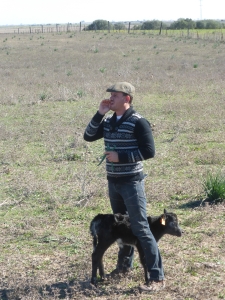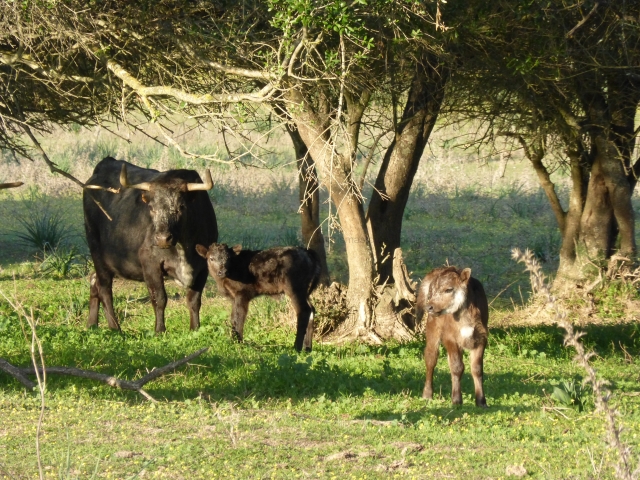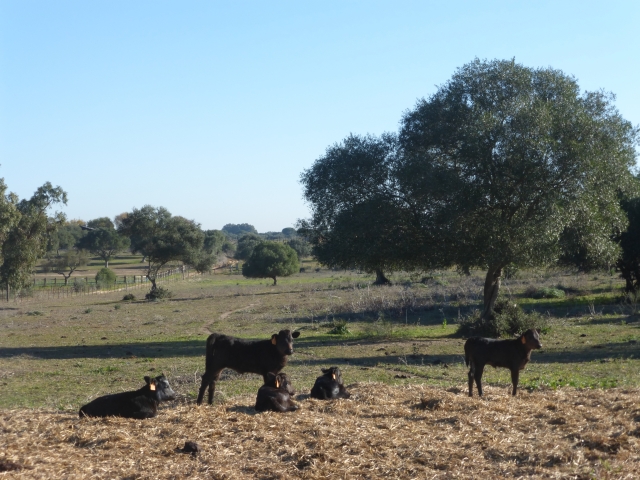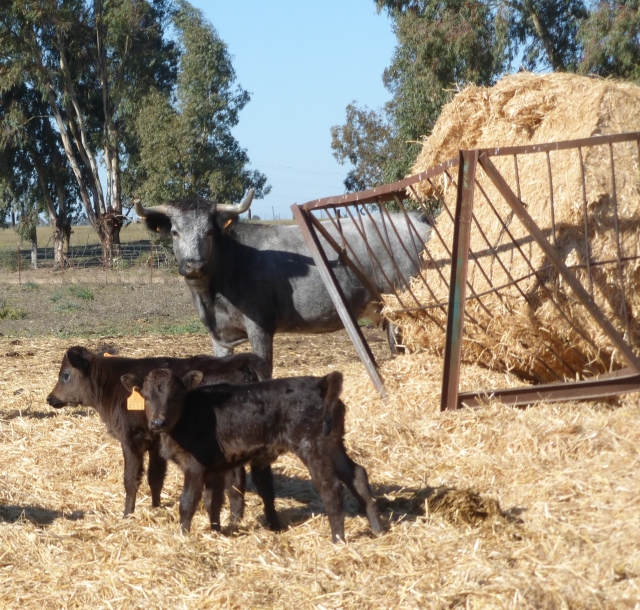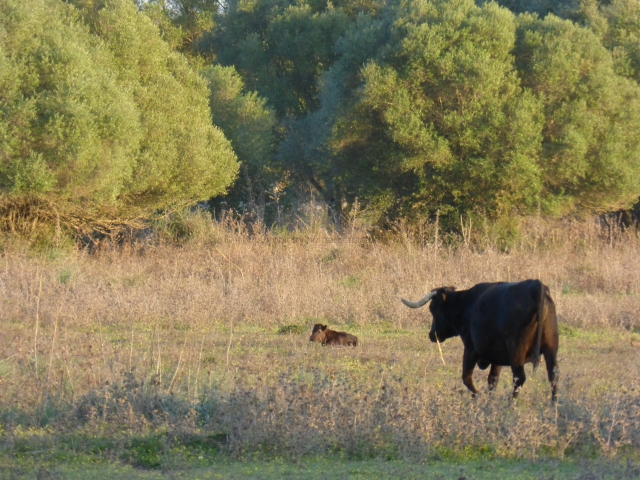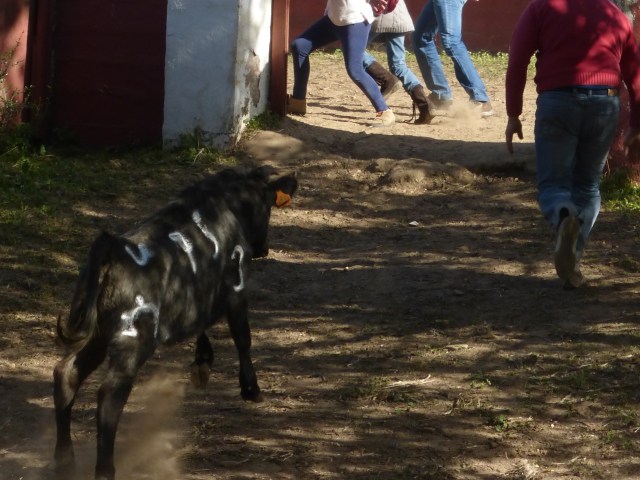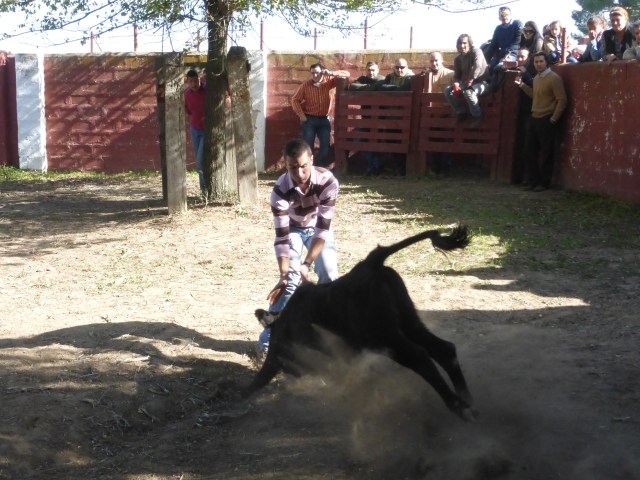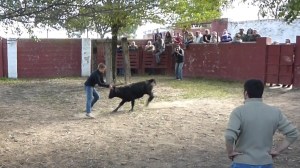What does a social anthropologist even do when in the field? What is the stuff of fieldwork? What counts? What goes down in the notebook? Who counts? Who do we write about? When do we stop listening? Or jotting down notes?
The answers to these questions are no doubt dependent on the individual researcher involved, so today I thought I’d share what I consider an exemplary day of fieldwork for me, here, in the marshlands outside Sevilla. By exemplary I mean my bestest, busiest day last week – that is, not the working day I lay in bed till 10am or the day when coffee at 6pm morphed into drinks and then supper and then more drinks and then… well, lets just say that no typing up of notes happened that evening. I suppose I won’t know whether I encountered the stuff of my fieldwork on this exemplary day until I have written my thesis, but, until then, this is a *slightly* jazzed up snapshot of the making of one anthropologist’s doctoral research project.
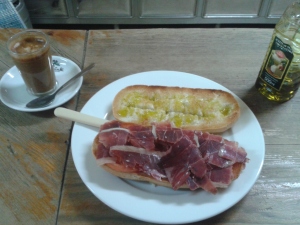
A forifying Andalusian breakfast made by José and Juan at the bar round the corner from my little flat.
So, like all good days, my day started in the bar at 8am. Aside from the obligatory coffee, breakfast was a mini-loaf of toasted village bread, taken with Iberian ham and some token slices of tomato – all liberally doused with local-ish olive oil of course. Thus fortified, I sallied forth from the village to see what was happening on the bull-breeding ranch where I spend the bulk of my working time.
At this time of year, the foreman, Joaquín, usually works between 9am and 11am, when he takes a break to eat a sandwich, before resuming work till about 2pm, when he eats something more serious on his own or in the village with his family. He’ll then return to work into the early evening. On this particular morning, it was just him and I for the first couple of hours and we rode out immediately to check on the animals. If there are more people or if there is no horse for me, we head out in a 4×4, in which case Joaquín usually rides out alone later, to run (exercise) the bulls and jiggle their stomaches to prevent gas building up.
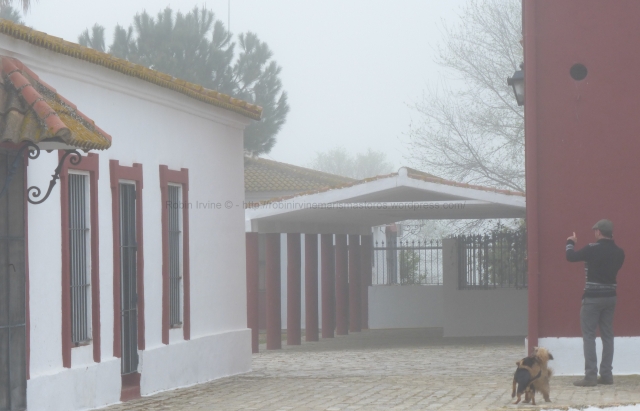
Joaquín and his dogs in the early morning mist. From the moment he wakes up he is in constant contact with the representative of the ranch, suppliers of things and services that are needed and also potential bull buyers.
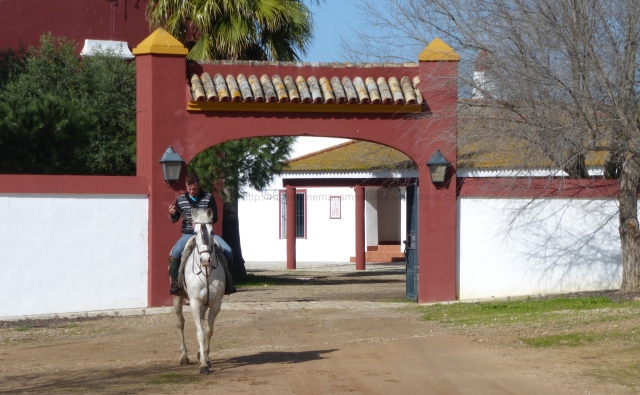
Joaquín and Cabezón (lthe horses name meaning literally “big-headed”) ride out of the yard to join me outside the gates, where I had been warming up a newer, less-experienced horse to make sure his head was in the right place to work with fighting stock.
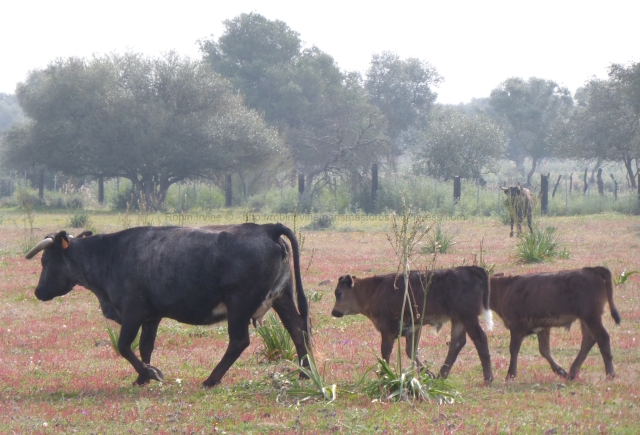
First we check the different fields of cows and calves, with their respective stud-bulls. I took this photo because the calf in the middle with the white-tipped tail reminded of us of a now fully grown bull who was bottle-fed by Joaquín because his mother didn’t want him. Once the time came to wean the calves, the young “Blanqui”, with his white-tipped tail, was returned to his cohort to learn to be a bull. He has wide, open, horns, so will probably end up running in a street festival, rather than in an actual bullfight. I’m supposed to be looking carefully at the relationships between people and animals here, so there are lots of little stories like this in my notes.
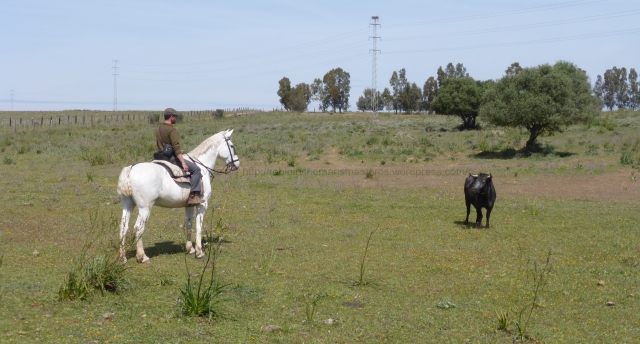
Joaquín and Cabezón wait out a suspicious cow. He says that Cabezón knows better than him how close they can get before a cow or bull is likely to charge. Mini-confrontations like this usually end up with the cow turning away to join the rest of the herd.
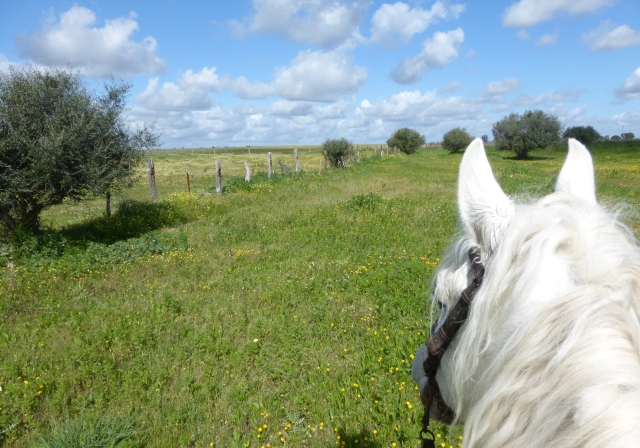
Checking the fences is an important park of these morning rides.
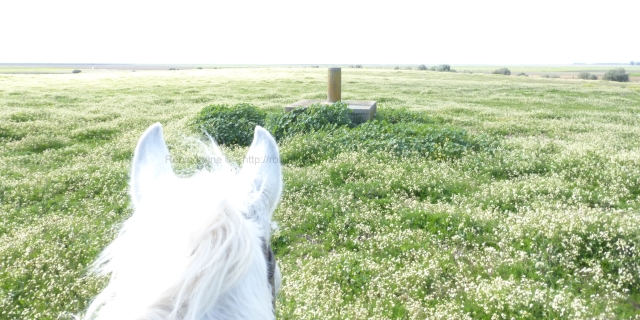
This photo is a bit over-saturated with light, but it aptly illustrates the constant pressure of the sun here, even in the Winter. Coming from the Highlands of Scotland, I’m used to finding trig points (geographical reference points) at the top of mountains, but this one marks the highest point for miles around, despite the fact that it is only marginally higher up than the rest of the Sevillan marshlands.
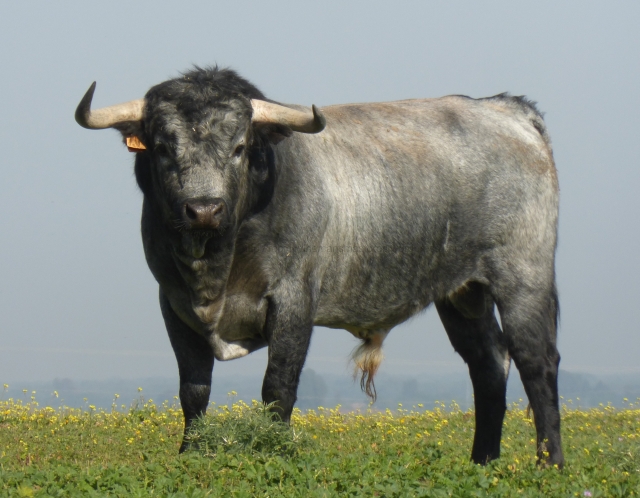
And finally we get round to the various lots of bulls. Here a bull that will turn five this year watches us approach (the photo was taken at some distance). Aside from the fences, we check for injuries, escapees and much more. I end up with new nuggets of information about the bulls in my notebook everyday. Of course we don’t only talk about the bulls, as to young men and friends we talk about our lives and relationships in a much wider sense too. All the stuff of anthropology. People and animals. People and their landscape. People and people.
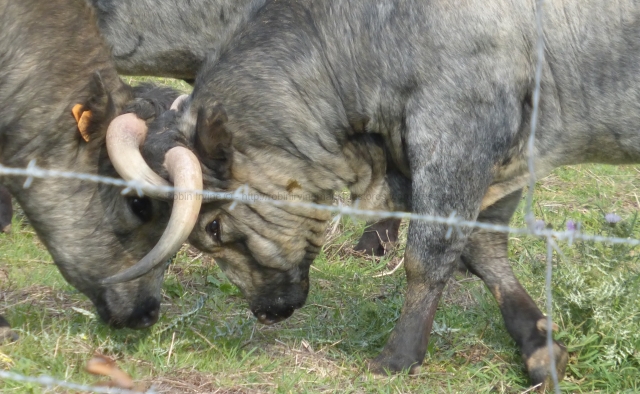
Two utreros (three year olds) joust playfully on the other side of the fence from us. Sometimes these fights get serious, but mostly they appear to handle their horns and each other surprisingly delicately, despite the obvious weight behind those sharp horntips.
Sometimes, once we return from checking the animals, I stay on to work and learn on the ranch. On other days, like my exemplary day, I nip home to tidy up my notes and send Joaquín any of the photos I have taken that he likes, so he can upload them on Twitter. Having snacked on some leftover chickpeas (made by the grandmother of my best female friend in the village – such a spoilt anthropologist!), I decided I had time to pop over to the next village over and see one of the cowhands who regularly works on the bull-breeding estate on his own little finca (farm or piece of land) in the countryside. José, as I mentioned in a previous post is a very generous local elder who encourages me to exercise his horses and spend time with him and the various people that appear on his finca. His son also runs a small garage from the same location. Having picked a horse, Bandolero, who hadn’t been ridden for some time, José suggested that I ride the 18km to his home in yet another little town, where we could have lunch in his house. Laughingly dismissing my worries about not having any sun-cream with me, he helped me tack up the horse and told me not to linger too much so he didn’t have to wait too long before eating.
You might well wonder what an anthropologist is going to learn, riding alone through the olive groves and pine-forested parkland between rural Spanish towns, but it’s surprising just how many people (and animals) you encounter on such little journeys. Moreover, these trips are also part of my developing relationship with José and his horses. Come June, I hope to ride with him, his family and his friends to El Rocío (a hamlet that hosts an image of the Virgin) for the biggest pilgrimage of the year.
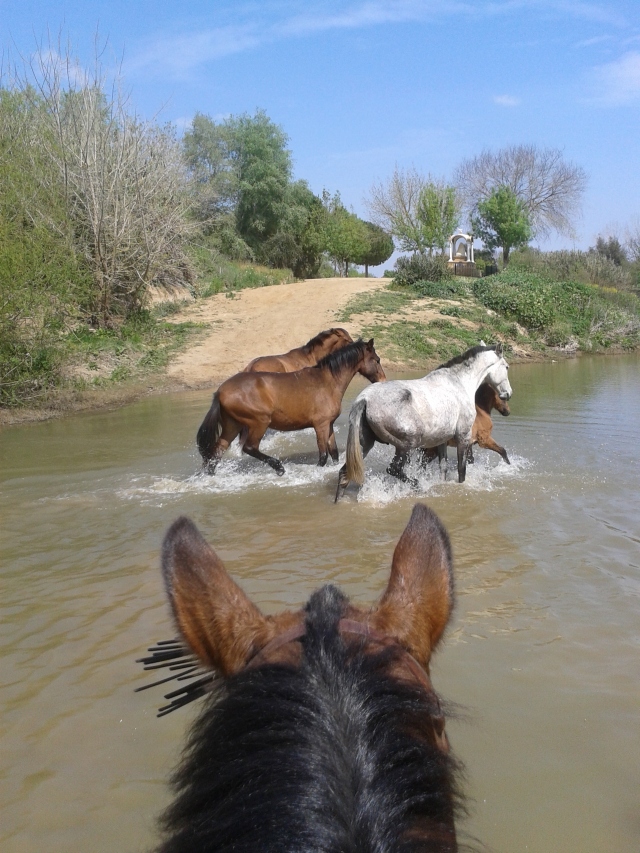
An encounter with some mares and foals while crossing the river at El Vado del Quema (literally the ford of the fire, but I’m not sure if it’s much more than a name now). This is on one of the pilgrimage routes to El Rocío and the little pavilion in the background hosts an image of the Virgin and marks a point where pilgrims stop to pay their respects.
After a relatively peaceful hour of riding, both horse and rider sweating in the March sun – him because he’s still carrying his Winter coat, me because I’m just not designed for hot places – we encountered a pair of mules pulling a carriage full of jovial men in flat-caps in the road. Having just settled Bandolero after a long canter, I opted to try to discreetly skirt round the party with a polite nod and greeting. The merrymakers were having none of it though and I was summoned to the side of the carriage and asked if I’d like a beer or a glass of wine.
“Oh, you’re from Scotland, a whisky then?!”
Roars of laughter.
“What’s your name?”, asked a thickset man with greying girls escaping from beneath his flatcap.
“Robin, como Robin del bosque”, I retort. (Robin, like in Robin Hood.)
“Ah hah! Well if you’re Robin Hood then I am Friar Tuck!”, came the jolly response.
One beer, some chorizo and a mountain of questions later, I managed to escape, feeling a bit inadequate as an anthropologist, but not wanting to be late for lunch with José. I’d been asked much more questions than I had asked. I didn’t even know where they were from, though I’d guessed they were pilgrims as they were wearing medals from previous visits to El Rocío. I wondered if I might encounter them on the way back and ask a bit more about them.
Lunch (at about 3pm) was spinach and more chickpeas, complemented with slices of cured pork belly and salad, washed down with a second beer. We talked about the old foreman of the bull-breeding estate, who is now retired, while watching a film about french schoolboys during the war. Not having my notebook with me, I took notes on my phone, which is discreet but it is frustrating to have to compile notes from various sources in the evening.
With both the horse and I suitably refreshed, we started the journey back, weaving dozily between the pine trees before waking up for a good gallop once we hit the sandy tracks. A 35km round trip justifies a solid lunch I think, but what I hadn’t realised is that I was about to be fed again. As we approached the ford at El Quema we heard the clinking of glasses and bottles. Sure enough, just round the corner Friar Tuck and his merry men had pulled over to rest the mules and have lunch. In between slices of fried chicken and beers, I found out that they were a group of friends from Malaga, part of the Hermandad (brotherhood) de Malaga la Caleta and were here for the weekend, making an informal pilgrimage together. Although all fully grown men, they were the niños (children) of the brotherhood. They too would be doing the big pilgrimage to El Rocío in June.
Being a very British anthropologist, I was getting worried about José, who would be expecting my return at his finca, so once Friar Tuck had deigned to allow me on my way, I called in to say that I’d been accosted by a group of pilgrims from Malaga. José wondered why I hadn’t stayed with them longer. I worry too much apparently. I worry about reciprocity. About hospitality. About the adequacy of my notes, scrawled into my phone with one hand as I steer Bandolero home with the other (though to be honest he didn’t really need to be steered). I suppose it’s part of our job as researchers to worry, but there also comes a point where if you worry too much in public about things like reciprocity it becomes ‘ugly’, at least here in rural Andalusia.
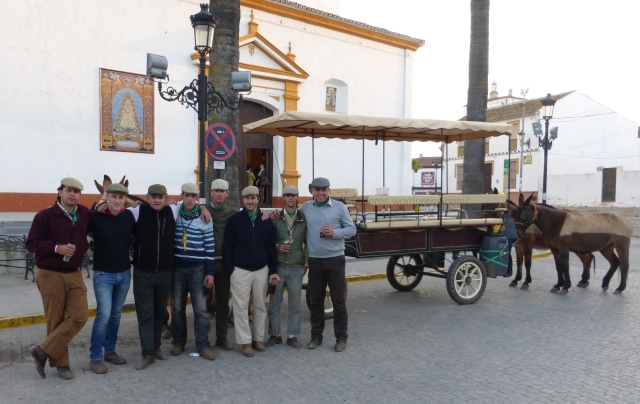
Los Niños de la Hermandad de Malaga la Caleta, in the main square of my town that evening, where I joined them for a drink to conclude my ‘working’ day. Your intrepid anthropologist is wearing blue jeans and standing next to Friar Tuck, who is wearing a gilet in place of his monk’s habit.
After taking care of Bandolero and then joining the Malaga lads for a pre-supper drink, I retired to my flat. I could have continued doing fieldwork that day, in the sense that I might have joined the pilgrims at their campsite, but there comes a point where sometimes I just have to stop and recuperate, ready for the next day.
There you have it, the stuff of my fieldwork, at it’s most intense. As you might imagine, my notes are chaotic. People I encounter go from jolly men in flatcaps to friends with names and background stories in a surprisingly short time. Animals go from herds to numbers to named individuals with histories and back again. I learn about people through other people. I learn about animals through people too, and people through animals. It’s not really clear which is which at times, or rather who is doing the educating or even who is ‘speaking’. I imagine clarity will have to come later on, after many more days that bring together bulls, cows, calves, foremen, anthropologists, horses and characters from Robin Hood.
As a final point, the thing that stands out for me most from this day is how much of my fieldwork consists of relationship building and maintaining. Although my informants routinely surprise me with interesting turns of phrase and actions, much of my time is spent simply being with them and building trust and tacit knowledge. Only a very small fraction of daily happenings actually get into my journal.
Until next time, and if any other anthropologists want to point me to accounts of their bestest-busiest days in the field or just comment on mine, I’d be very glad.
Robin del bosque
*Jazzed up snapshot? Ok, I admit that I have smooshed together the morning of one day with the afternoon of another day, but hey, the events could have happened on the same day. Besides, the only real difference between the days is that on one of the mornings we checked the stock in the 4×4 and the other we did the same job from horseback. Artistic license I say. Also, the photos are from various days as I prefer not to be constantly taking photos of everything over the course of individual days. Jazzing up fieldwork notes is probably a fairly accurate way of describing the work of an anthropologist after all.

